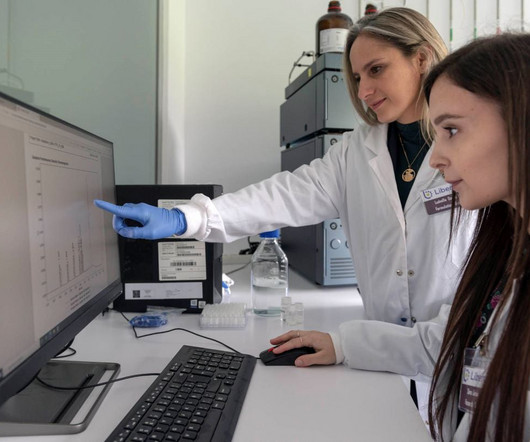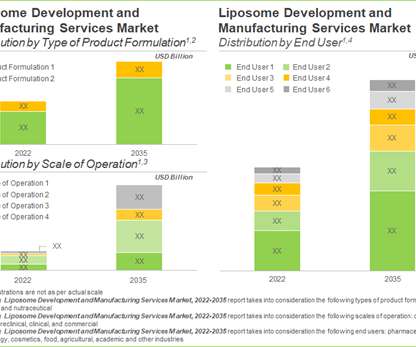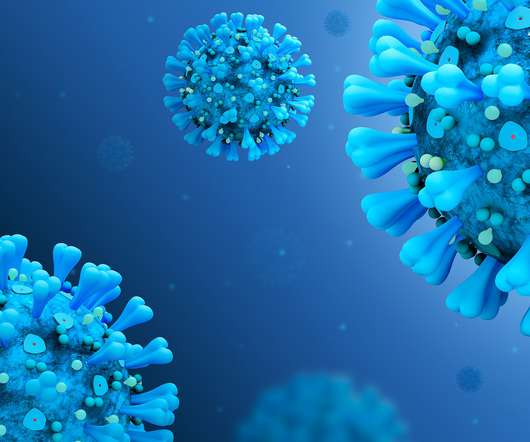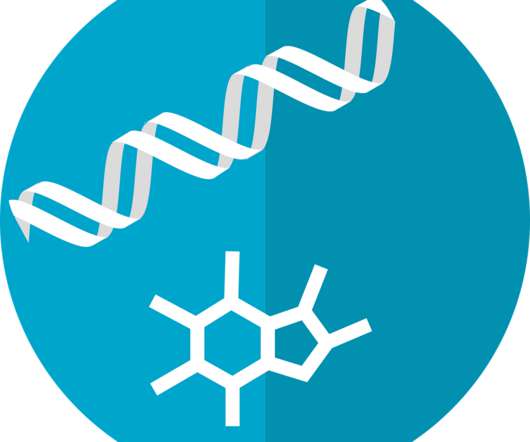Covid-19 vaccine success bolsters nanoparticle drug delivery research
Pharmaceutical Technology
APRIL 24, 2023
In an email to this news service, João Conde, PhD, professor at NOVA Medical School, Universidade NOVA de Lisboa, said advances like the mRNA vaccines serve as a testament to the breakthroughs made by science over decades of research at the junction of genetics and nanomedicine. This design protects antibodies from the innate immune system.














Let's personalize your content